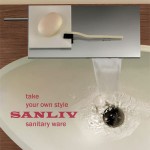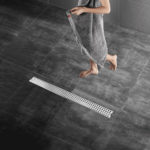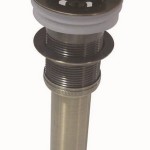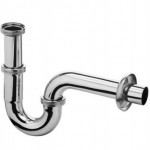If you have got a new bathroom sink faucet or planning to buy one, and now you want to know about installing bathroom sink drains? It is not all that hard, but it never hurts to know a little about bathroom faucets and sink drains before you get started.
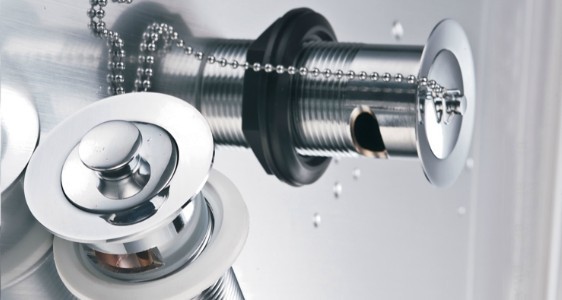
Bathroom sink drains commonly come with the faucet when you buy it and there are two types, which include pop-up drains for single faucets and for double or combination faucets. Although there is little difference when it comes to installing the drains, it might give you a leg up to know a little about the two different kinds of assemblies.
Single-Faucet Assemblies
Reading the accompanying instructions that come with the new faucet kit before installing bathroom sink drains will put you way ahead of the game when it comes time to doing this project. As a rule, though, almost all of them are similarly installed.
First, you will need to take off the old faucet with its pop-up drain (necessary only if you are replacing one; if this is a new sink with new fixtures, obviously this step is not applicable).
Then, install the new faucet into the hole in which it goes (the correct hole should be apparent; it is the only one large enough to accommodate a faucet shaft) and smear a little putty into the grooved area at the bottom of the faucet surrounding its base.
Place the washer over the shaft, screwing the locknut up the threads to hold the faucet loosely in its position. Put the plunger of the drain assembly in the hole in the center, then attach its adjustment bar. Put the drain body into position and affix it to the bar.
With a wrench, tighten up all the nuts, then affix the faucet to the water line and the body of the pop-up drain to the drain system. Put in the stopper in the drain body and move it up and down, making any necessary adjustments using the holes in the lever assembly.
Double-Faucet Assemblies
For combination faucets, the instructions for installing bathroom sink drains are much the same. The faucets, their handles, and flanges must first be removed, however, with the assembly put in from beneath the frame of the lavatory.
The drain, however, should be almost identically installed. For the best results, though, it is always important to read the instructions that come with all new faucet assemblies. Some new or European-made faucet assemblies may be made slightly differently with instructions that vary from these.
As a whole, installing bathroom sink drains are comparatively easy in relation to putting in the faucet assemblies, so by the time you get to the drain, you have most of the battle won.
Nothing adds character to a bathroom quite like a new bathroom sink, so do not let fear of installing fixtures hamper you. As long as you have got the water turned off while you work, there is not much harm you can do, even if you make a mistake. The best teacher is experience, so go to it!

